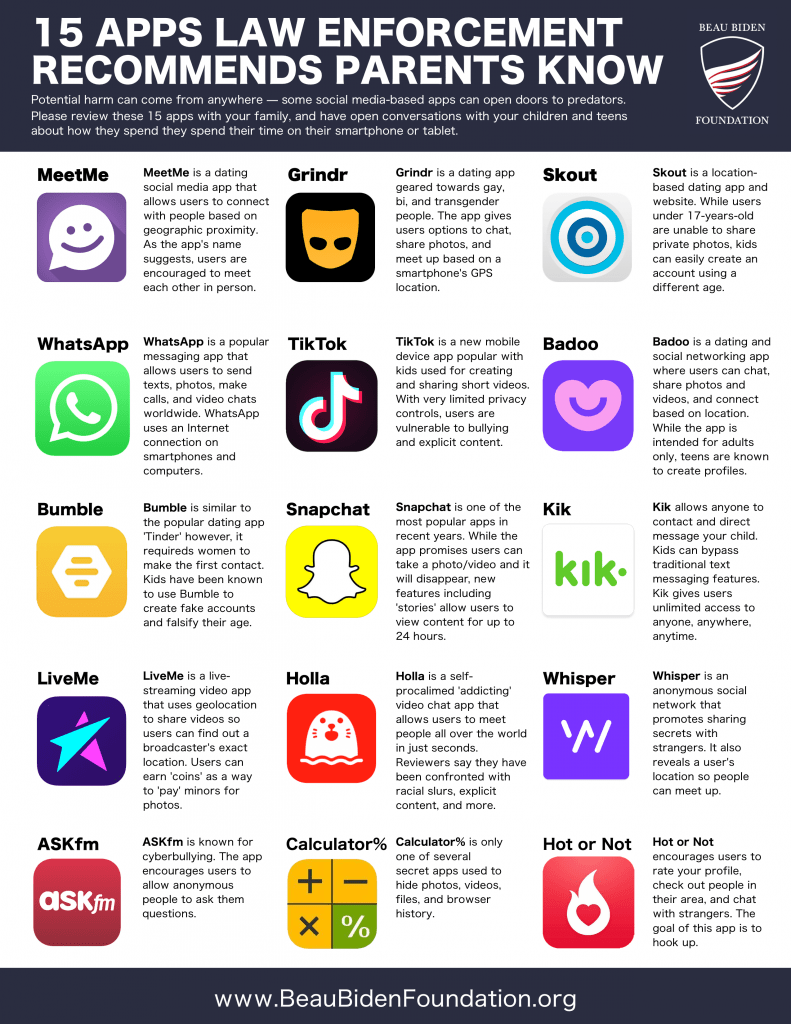From shaming in group texts or in a public Facebook group to negative and hurtful comments on social media, sharing of Photoshopped pictures, or creating hurtful memes (“meme-shaming”) – children today face more challenges and conflicts than we could have imagined even ten years ago. It is critical that parents and caregivers prepare children for the dangers of cyberbullying and online harassment – and help set children up for success.
According to a Pew Research Center study, 95% of teens are connected to the Internet and 85% are social media users. More than 70% of school-aged-children report seeing bullying happen – in school and online.
Those who bully and harass others desire attention and need an audience — the Internet and social media platforms provide this public audience and it feeds their craving for attention. With the ability to anonymously bully someone through fake or “burner” accounts, these people feel omnipotent power to blamelessly eviscerate others from behind their screens.
Children may not ask for help when being bullied or harassed because they want to control the situation on their own, feel humiliated, or fear backlash from those who bullied them. Here are some signs of being cyberbullied or a cyberbully, as well as quick tips to help combat online bullying and harassment that you can put into play immediately:
Signs of being cyberbullied:
- Loss of interest in electronic devices and won’t talk about why.
- Gets tense or stressed when receiving an email, text, or website notification.
Signs of cyberbullying others:
- Hides online use.
- Avoids conversations about computer and cell phone activities.
- Uses multiple online accounts.
- Switches or closes screens when others are nearby.
- Excessive use of the computer or cell phone.
- Overly upset if access to devices is limited or denied.
Combating online bullying and harassment:
- Discuss prevention and intervention. Teach your children to take action when they see bullying behavior off and online. Stop bullying when you see it – the silence and inaction of adults can encourage and worsen bullying behavior.
- Think about being an “active bystander” instead of just a bystander. Empower each other to stand up and speak out when they see bullying behavior. Talk about respect before they start on an ongoing basis.
- Roleplay phrases and practices to reject bullying in-person and online. Go over the roles in bullying situations – the person bullying other(s), the person being bullied, and the bystanders.
- Say “no” if and when you feel pressured or uncomfortable. Teach them to respect the “no’s” of others. Provide honest and positive reinforcement to help build self-esteem and respect for others.
- Let children know that reporting bullying or abuse is not being a “tattletale” and that the safety of everyone comes first. Telling an adult – even a trusted one – about bullying can be difficult for a child. Take time to listen and provide support before taking action.
- Follow through and keep an eye on the safety and well-being of children even after an incident seems resolved.
For more information about bullying and harassment, please visit www.BeauBidenFoundation.org/Resources/Bullying.

Seven Things You Don’t Know About Your Child’s Digital Life
Please click here to download our informative and FREE ebook.

